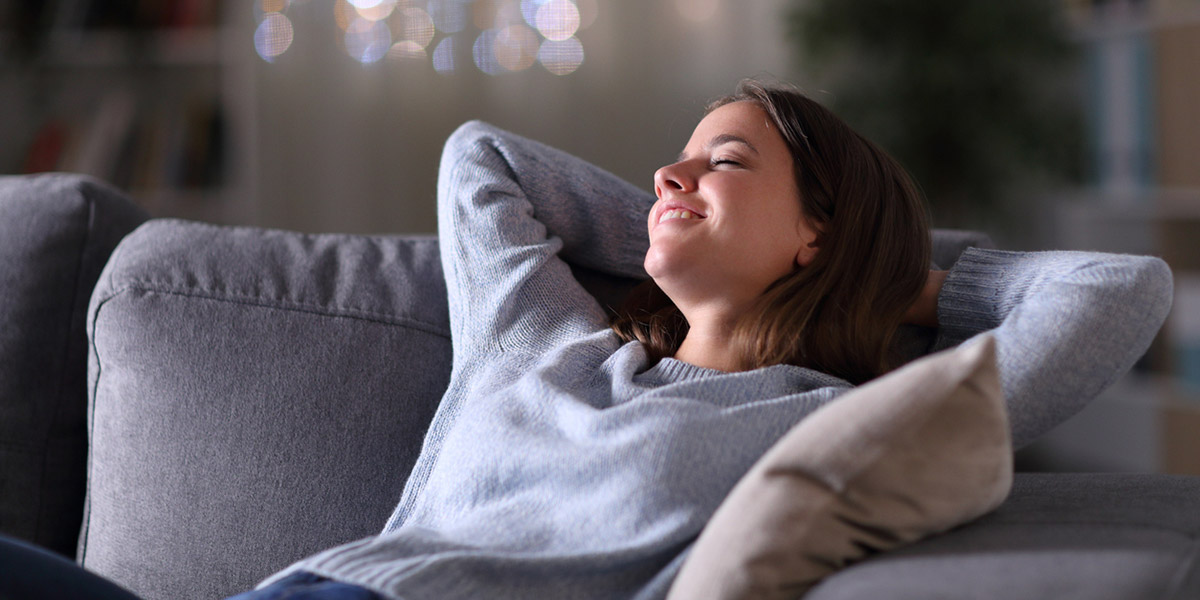
Pets provide joy and love for their forever families. Their role in homeowners’ lives is undeniable, and they’re a vitally important part of many families in the Phoenix metro area. Yet, your pets can also impact your home’s indoor air quality (IAQ).
Most pet owners think that animal allergies are triggered by pet hair. Yet, the culprit almost always is dander. Dogs, cats, rabbits, hamsters, and other household pets produce dander which consists of tiny particles that drop from your pet’s skin and fur. To keep dander under control in a home, it’s important to prevent its buildup and to focus on maintaining your indoor air quality. These indoor air quality tips will help keep your IAQ sniffles and coughs to a minimum so that you can share a healthier, happier household with your furry companions.
Pet Bathing and Grooming
Cleaning your pet can help keep dander in check. This means regular brushing and bathing are in order. Follow recommendations from your veterinarian on the optimal schedule for grooming. Of course, most often, cats don’t like bathing. There are other options including specialized pet wipes and higher quality brushes available as alternate ways to help keep your pet dander-free.
Food
High quality food and plenty of fresh water are very important for minimizing dander. A healthy coat and skin start with a proper diet.
Air Filter
Expect to change your indoor air filters more often with pets. Ideally, these should be changed once a month or according to the manufacturer’s recommendation. Check your filter on a regular basis and change or clean it if it looks dirty. Consider upgrading to a HEPA filter for your vacuum and a higher numbered MERV HVAC filter to catch more dander and fur that is being generated from your pets and circulated in your indoor air.
Whole Home Air Purifier
Even with diligent grooming, plenty of good food, and clean air filters, your home’s air can still have plenty of sneeze-inducing allergens caused by pets. If you have a family that suffers from allergies, asthma, or other health issues, a whole-house air purifier is a smart solution.









 With spring just around the corner, it’s a smart time to replace one of the most essential components of your HVAC system – the air filter. An HVAC filters most basic function is to remove impurities from the air within your home and protect your HVAC system from damage. But there is more than one option when it comes to choosing a filter.
With spring just around the corner, it’s a smart time to replace one of the most essential components of your HVAC system – the air filter. An HVAC filters most basic function is to remove impurities from the air within your home and protect your HVAC system from damage. But there is more than one option when it comes to choosing a filter. Air quality continues to be a newsworthy topic. More than ever, it’s important to ensure your air is clean, and not triggering respiratory issues like allergies and asthma, as well as spreading other illnesses.
Air quality continues to be a newsworthy topic. More than ever, it’s important to ensure your air is clean, and not triggering respiratory issues like allergies and asthma, as well as spreading other illnesses.



